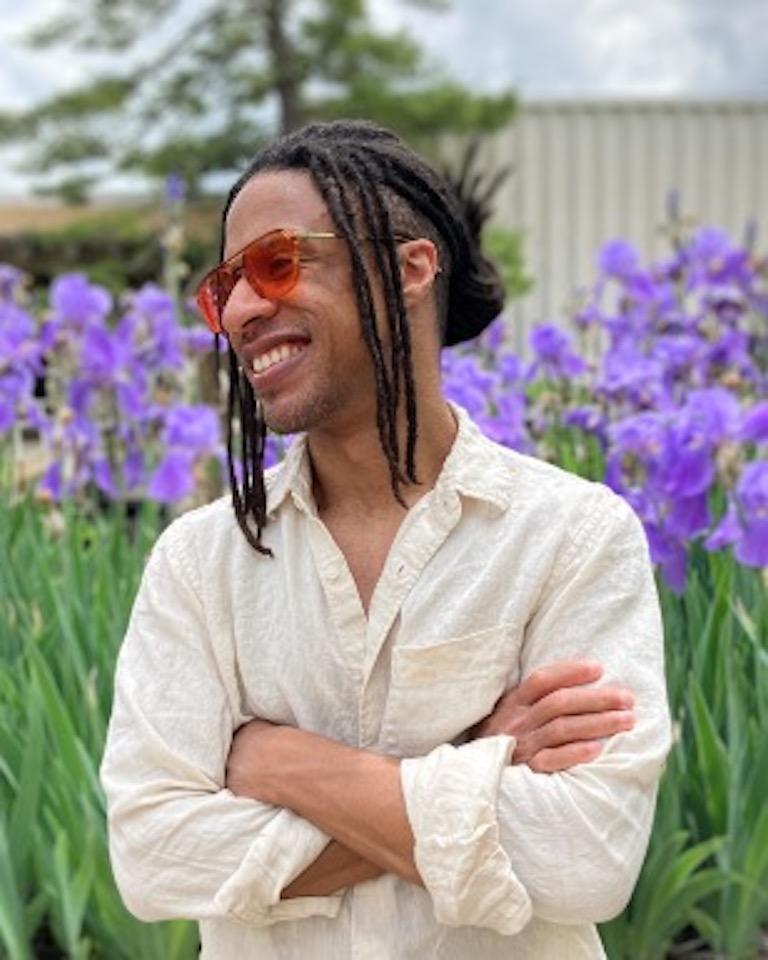Brian Atkinson

February 2022 Mentor Spotlight
Department: Ecology and Evolutionary Biology and the Biodiversity Institute
Questions:
Q: Describe your research/creative scholarship in a few sentences that we can all understand.
A: In general, I use the fossil record to reconstruct evolutionary patterns and relationships of extinct and living plants. I typically focus on Cretaceous gymnosperms (e.g., conifers and cycads) and flowering plants; however, other plants are known to be fair game. More specifically, my work involves collecting plant fossils from all around the world and characterizing them within an evolutionary and analytical framework. I specialize on a certain type of preservation called permineralization in which the plants are preserved three dimensionally down to the cellular level. Through sectioning and tomographic techniques, I am able to collect abundant data from these fossils, which allows me to more easily integrate them into evolutionary analyses with their living relatives.
Q: What does your research look like on a day-to-day basis? What do you spend most of your time doing?
A: Much of my day-to-day work involves writing manuscripts and fossil preparation. I also spend a lot of time assembling morphological and stratigraphic data matrices.
Q: How did you first get interested in doing research or creative work?
A: I think my burning curiosity about our natural world ignited my interest to get involved in research as an undergraduate. I remember as an undergrad I asked a number of professors if I could join their labs to gain research experience. While I certainly learned about the kinds of research I did not want to get into as far as careers go, I was also able to "stumble" upon a paleobotany research opportunity. This experience simultaneously satisfied and catalyzed my curiosity and its safe to say that it was a wrap after that.
Q: What do students in your discipline learn by doing research that they wouldn’t learn by just taking classes?
A: In my lab students learn how to do specimen/museum based research. I also like to think that they gain a new found appreciation for (extinct) biodiversity by making hands on observations and preparations of plants that are millions of years old!
Q: What do you find to be the most exciting part of doing research or creative work? What makes this line of work meaningful and interesting to you?
A: One of the most exciting parts in my line of work is finding new localities full of exciting fossils with the potential of having important biogeographical and evolutionary implications. I also love being able to integrate the fossils I work on into different analyses to see how they impact our understanding of plant evolution.
Twitter: @BrianAtkinology